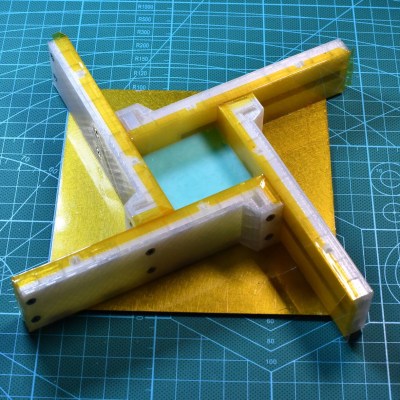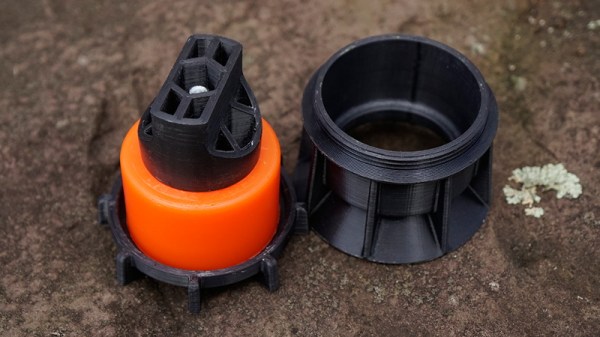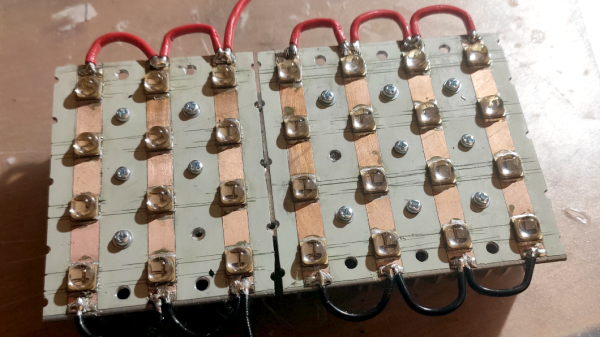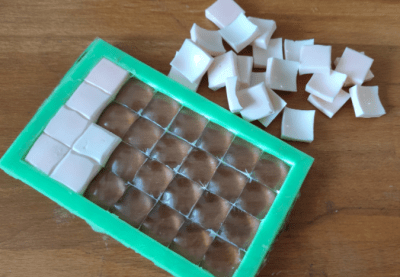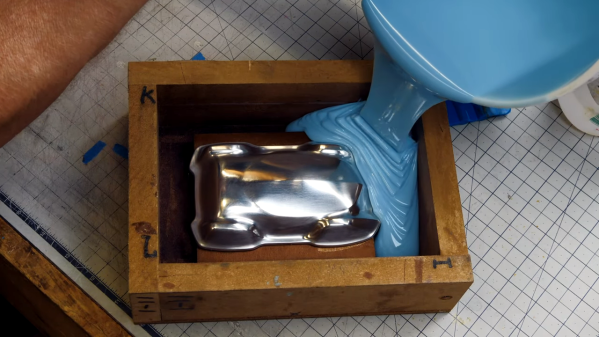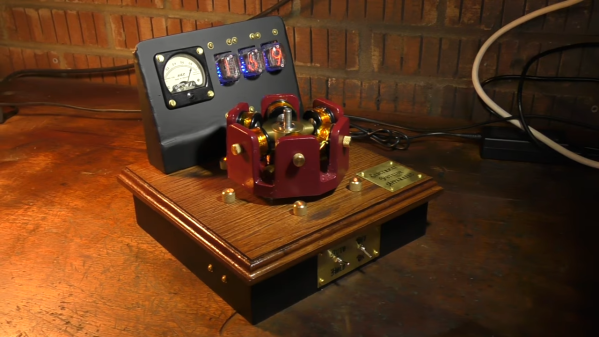3D printing with plastics and resins is great for quickly prototyping parts with all manner of geometries, but strength and durability of the parts produced is often limited. One way around this is to use your 3D printed parts as patterns for casting in something tougher like aluminium. That’s precisely what [Brian Oltrogge] did to produce an attractive wall hook from a 3D printed design.
The process starts with the design and printing of a wall hook, with [Brian] taking care to include the proper draft angles to allow the pattern to be properly removed from the mold. The print is carefully sanded down and post-processed to be highly smooth, so that it doesn’t spoil the mold when its removed for the casting process. From there, a sand casting mold is built around the pattern using sodium silicate in a 3-4% mix by weight with fine masonry sand. Once ready, the pattern is removed, and the mold is assembled, ready for the pour.
[Brian] completes the process with a simple gravity casting method using molten aluminium. The part is then removed from the mold, and filed down to improve the surface finish from the sand casting process. It’s then polished up to a nice shine and hung on the wall.
[Brian] does a great job of explaining the basics of what it takes to get gravity casting right; draft angles in particular are something often ignored by beginners, yet are crucial to getting good results. You needn’t just settle for casting inanimate objects though; we’ve featured DIY casting processes for gears before, too. Video after the break.



